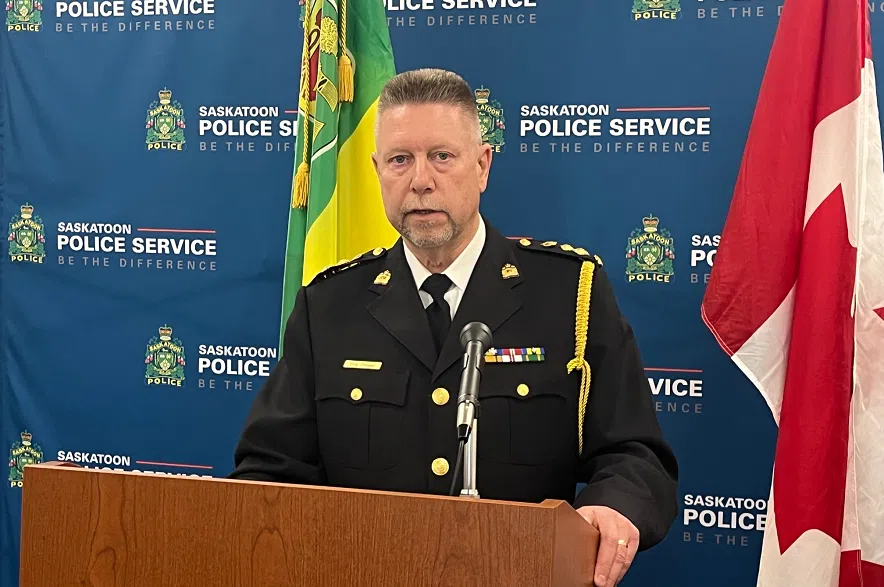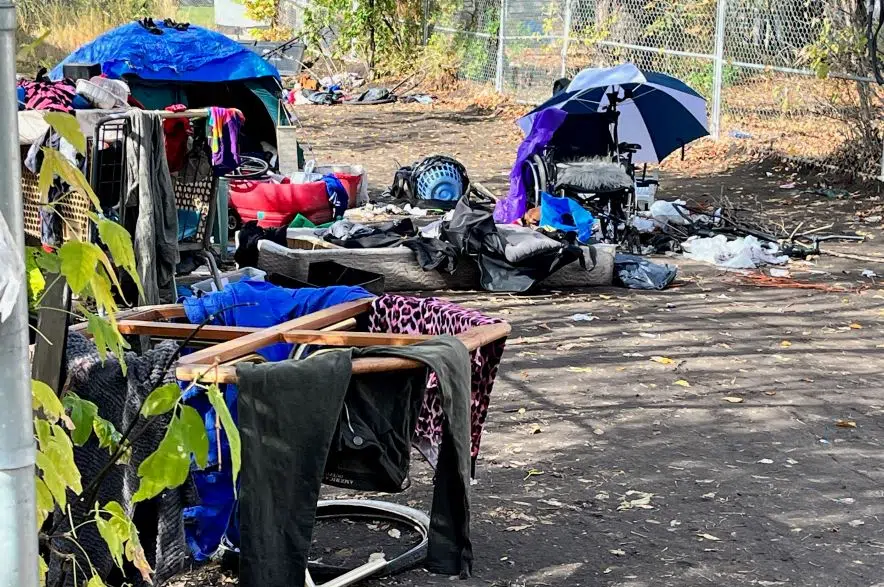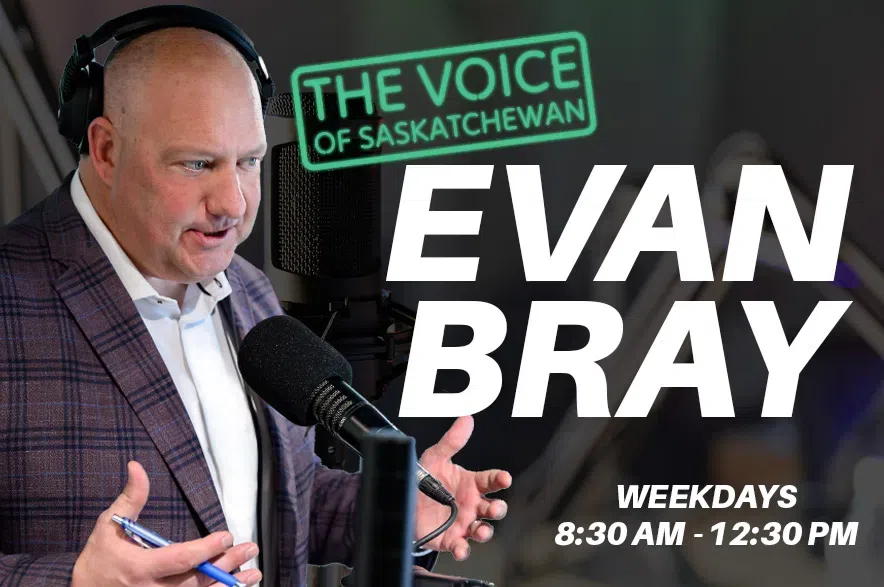Saskatoon’s board of police commissioners has voted to ask city council for another $200,000 to fund five more alternative response officers next year.
The AROs develop relationships with vulnerable residents and help connect them with social services. That helps free up regular police officers to do other work and respond to more serious incidents. Right now, there are 10 AROs assigned to the downtown, Fairhaven/Confederation and Riversdale areas.
At Thursday’s board meeting, Saskatoon Police Supt. Darren Pringle said if the request is approved, the provincial government would match that amount.
“Our ministry made available some co-funding for us to the tune of $200,000. The interesting thing about this money is that it’s matched funding … but it’s not conditional,” he said.
Ruth Reimer, a representative from the Pleasant Hill Community Association, asked that two of those AROs be assigned to her area of the city if their positions are ultimately approved.
READ MORE:
- Province provides $7.61 million to Saskatoon police, funding 54 positions
- Two charged after laser allegedly pointed at police plane
- Man goes into ‘medical distress’ in Saskatoon police holding cell
She told the board that AROs had been deployed in the Riversdale and Fairhaven areas, but not in Pleasant Hill.
“You responded to their middle-class voice and deployed AROs to their community,” she said.
Reimer said while officers had been deployed to the Pleasant Hill area, it’s a neighbourhood that’s been hit particularly hard by violent crime.
“It’s time to respond to the disproportionately high crime rates that make the streets of Pleasant Hill unsafe for the children and families that live there,” she said.
Complex Needs Report
A report presented to the board also outlined how Saskatoon police responded to those with complex needs in the community.
“Complex needs” typically refers to those struggling with serious mental health or addictions issues.
According to the report, between the start of 2022 and Aug. 1, 2023, there were more than 17,000 people arrested and taken to police detention. Of those, more than one third (31 per cent) were there solely because they were intoxicated by drugs or alcohol.
“They had not committed any criminal offence but had to be there because they were in a vulnerable state, unable to care for themselves, and there were no alternate community supports available,” the report read.
Of the intoxicated people in detention, 69 per cent were male, 30 per cent were female, and one per cent were gender neutral. More than half (52 per cent) were homeless, and 85 per cent were Indigenous.
Police Chief Troy Cooper said reading the case studies included in the report was particularly emotional for him.

Saskatoon Police Chief Troy Cooper discusses police funding and plans for a new emergency shelter on Friday, Nov. 17, 2023. (Mia Holowaychuk/650 CKOM)
“These numbers represent actual people in our community and families in our community,” the chief said.
“What we found was that, quite simply, the police response was very temporary. The safety that we provide is very temporary. The impact on the community – even in terms of public safety – is very temporary and transient.”
One of the case studies involved a man who’d been relatively unknown to police until recently.
He was seen on video smashing the window of a restaurant, but didn’t leave the area. He was arrested and charged with mischief. Two days later, he was arrested for doing the same thing, and admitted to breaking the window of a third business.
According to the report, on the way to police cells, he admitted to police he deliberately broke windows to get attention because he’d recently become homeless. He didn’t have identification and couldn’t get into a shelter. He said his aim was to stay in jail for the winter.
Another woman featured in the report was arrested 39 times for drug intoxication. She was taken for mental-health assessments five times, but then released into community. Each time, within 24 hours, she was arrested again because her “behaviour caused fear to those witnessing it.”
She continued to struggle with mental health issues and drug additions, and died this year at the age of 52.
The board voted unanimously to forward the report to the provincial government.











